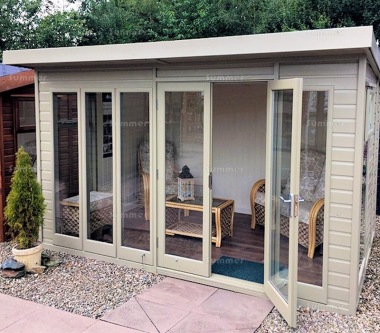All Categories
Featured
Table of Contents
Guide To Double Glazing – Functional And Energy Efficient in Beldon WA
That window can transmit more solar heat in winter season than in summertime. A west-facing window on a summer season's afternoon has an angle of incidence from near 0 as much as 30 with a big reliable location of solar radiation. A north-facing window, in summertime, has a high angle of incidence and a low efficient area of solar radiation, so can send less heat than a west-facing one.

However you can quickly and quickly enhance the thermal performance of your home by changing your windows. This is one of the most efficient methods of renovation to achieve enhanced thermal comfort. There are thousands of types of glass and frames to pick from. Selecting the ideal ones is very important to improving the energy performance of your house.
Insulated Glass Unit – Igu in Neerabup Perth
There are several kinds of glass items to pick from. Single glazing utilizes a single pane of glass. Single glazing with clear glass is not very effective when it comes to heat loss or gain. To improve performance, you can use single glazing with a more energy-efficient type of glass such as low emissivity (low-e) glass.
The energy performance of IGUs likewise depends on: the residential or commercial properties of each layer of glass. Different glass types (for example, clear and low-e glass) can be put together in an IGU.
Glazing in Woodvale WA

IGU cavities can be filled with air or a more inert, low-conductivity gas such as argon the width of the cavity. Wider cavities supply lower (better) U worths, with 12mm normally accepted as the preferred space how well the cavity is sealed.
If argon is installed to the cavity in place of air, wetness is reliably left out the level of desiccant (drying agent). The spacer (metal or polymer strip) that separates the glass layers includes a desiccant to soak up any wetness. Inadequate desiccant might cause moisture to condense on the glass surface in cold conditions, reducing thermal efficiency.
Buy Double Glazed Upvc Sliding Doors In Sydney in Lockridge Perth
IGUs can provide much better energy efficiency for all environments, specifically in heated and air-conditioned houses. Cross-section detail of single, double and triple-glazing systems Low emissivity glass (frequently referred to as low-e glass) minimizes heat transfer. Low-e glass might be either high or low transmission: High transmission low-e glass has a covering that enables daytime from the sun to pass into the home to accomplish great solar heat gain, however minimizes the amount of the long wavelength infrared heat that can get away back through the window.
Low-e glass has either a pyrolytic finishing or a vacuum-deposited thin film metal finish. Pyrolytic finishings are long lasting and can be utilized for any glazing; vacuum-deposited coverings are soft and are only utilized within IGUs. Low-e coverings can substantially enhance both U worth and SHGC; however, they should be used correctly or they will either weaken or stop working to carry out as required.
The Science Behind Double Glazed Windows in Floreat Perth
Low-e finishings can be used in combination with clear, toned or reflective glass. Low-e coverings on glazing can decrease heat transfer where required Picture: Department of Market, Science, Energy and Resources Toned glass has colouring ingredients consisted of during manufacture. It is available in different colours, typically bronze, grey, blue and green.
Table of Contents
Latest Posts
Does Double Glazing Reduce The Heat In Brisbane's Summer? in Spearwood Western Australia
Save Energy With Double Glazed Windows in Hocking WA
Triple Glazing – Pros & Cons in Ocean Reef Western Australia
More
Latest Posts
Does Double Glazing Reduce The Heat In Brisbane's Summer? in Spearwood Western Australia
Save Energy With Double Glazed Windows in Hocking WA
Triple Glazing – Pros & Cons in Ocean Reef Western Australia